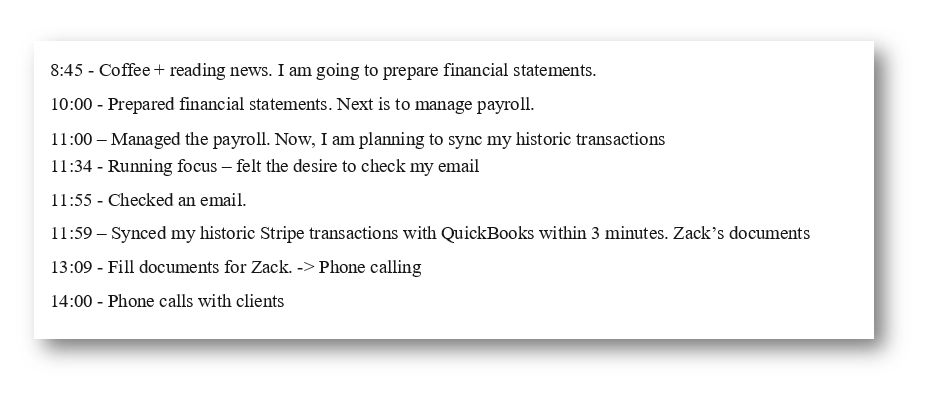
2 Brilliant Time Management techniques that have proved its efficiency
In this article, we are going to discuss 2 time-management techniques: task-batching and interstitial journaling. I bet everyone had a situation when you work a lot but still cannot manage every task you have. So today we will cover two essential time management techniques that help to stay productive and manage time effectively.
First time management tip is task-batching. Yes, you are guessing right! This task batching technique is about batching similar tasks in one group. Let’s take a closer look at the technique.
1. Task-batching.
You may have read about this task management method before, but do you use it on your daily basis? This technique is extremely helpful in keeping your focus as well as in saving your time! According to many types of researches, we need up to 25 minutes to focus on a new task. The easiest example everyone already knows is checking your email box. By answering each and every email within a minute after you get it, you are going to spend all day knocking down your focus and productivity. Thus, many scientist and coaches recommend answering your emails only one or two times per day.
What else can we put together in one basket? There are different types of tasks for everyone! What can you “put in one basket”? Even if it seems rudimentary, it is very useful to get used to doing it. Write down such types of tasks in your diary. Surely, in the process of writing, you will find out tasks that you can put together to boost your efficiency!
2. Interstitial Journaling.
This technique will help you to switch from different tasks or come back to an interrupted task much faster. I think many of us experienced the feeling when after finishing one task you have to make an effort to start doing the next one. In average person needs 13 minutes to adjust the focus again. However, sometimes we spend 15 – 25 minutes only trying to focus.
So how to reduce the time between one task and another? Between the beginning of one task, a break, and another task? The answer is interstitial journaling. A benefit of this approach is a high degree of mindfulness.
At first, we have to develop a new habit. Every time you are going to do a break or just finishing a task, write down what you just have done, as well as what you are going to do. In addition, you can add your thoughts or feelings. It only seems that these actions will take a lot of time. However, it just a bit longer than to fill your everyday to-do list. Moreover, according to many neurologist scientists, this technique is much effective. Here is an example of the journaling, just make small notes:

So why Interstitial journaling better than just to-do list?
1. The Shift from plan to action
We may feel some pressure when we look at our to-do-list and see a lot of tasks we have to do. Moreover, our tasks are usually “full projects” that have to be divided into smaller pieces. From the other side, when we use Interstitial Journaling and write down the action, we know exactly what to do next. When you write about the task you’ve just completed, and then about the upcoming task, you’re transitioning more fully from the completed task to the next task. This helps to change your thinking, what in the future can become your new behavior.
2. Awareness & Habits development
It is quite challenging to be ready to switch between different kinds of tasks, but it is getting much easier if you have a habit to keep a diary. “The most discipline people are not the ones who rely on self-discipline and self-control, but those ones who have many tips and tools to control their time.” – isn’t it a good quote? We can understand and analyze our behavior by tracking our actions. The journal prompts help guide you through changing your thinking and with practice, that becomes a behavior.
How to do it:
1. Write down the time;
2. Previous task or action;
3. Next task or action;
4. Also, you can add your thoughts or feelings.
Summing up:
There were 2 effective time-management techniques that have already proved efficiency. Take 5 minutes to think about how you can use these methods for your work or even personal life.